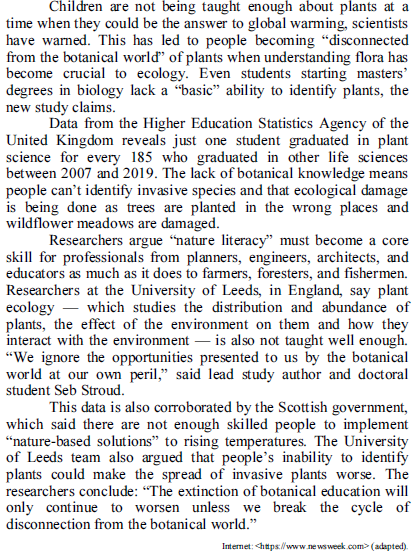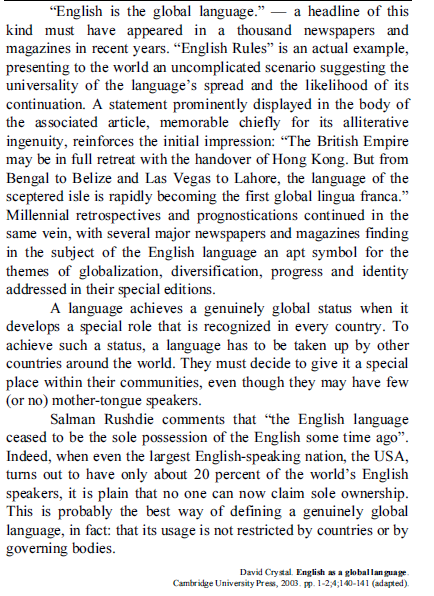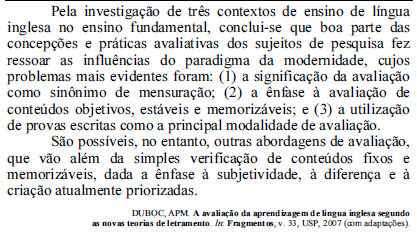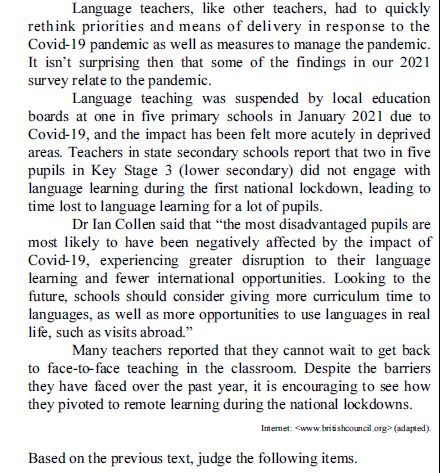Internal audit’s role in ESG reporting
Conversations and focus on sustainability, typically grouped into environmental, social and governance (ESG) issues, are quickly evolving — from activist investor groups and inquisitive regulators pushing for change to governing bodies and C-suite executives struggling to understand and embrace the concept. At the forefront of this new risk area is pressure for organizations to make public commitments to sustainability and provide routine updates to ESG-related strategies, goals, and metrics that are accurate and relevant. However, ESG reporting is still immature, and there is not a lot of definitive guidance for organizations in this space. For example, there is no single standard for what should be reported.
What is clear is that strong governance over ESG — as with effective governance overall — requires alignment among the principal players as outlined in The Internal Institute of Auditors (IIA) Three Lines Model. As with any risk area, internal audit should be well-positioned to support the governing body and management with objective assurance, insights, and advice on ESG matters.
Embarking on the ESG journey
Efforts to mitigate the accelerating effects of climate change and address perceived historical social inequities are two powerful issues driving change globally. These movements have enhanced awareness of how all organizations impact, influence, and interact with society and the environment.
They also have spurred organizations to better recognize and manage ESG risks (i.e., risks associated with how organizations operate in respect to their impact on the world around them). This broad risk category includes areas that are dynamic and often driven by factors that can be difficult to measure objectively.
Still, there is growing urgency for organizations to understand and manage ESG risks, particularly as investors and regulators focus on organizations producing high-quality reporting on sustainability efforts. What’s more, that pressure is being reflected increasingly in executive performance as more organizations tie incentive compensation metrics to ESG goals.
As ESG reporting becomes increasingly common, it should be treated with the same care as financial reporting. Organizations need to recognize that ESG reporting must be built on a strategically crafted system of internal controls and accurately reflect how an organization’s ESG efforts relate to each other, the organization’s finances, and value creation.
Internal audit can and should play a significant role in an organization’s ESG journey. It can add value in an advisory capacity by helping to identify and establish a functional ESG control environment. It also can offer critical assurance support by providing an independent and objective review of the effectiveness of ESG risk assessments, responses, and controls.
Source: Adapted from https://na.theiia.org/about-ia/PublicDocuments/WhitePaper-Internal-Audits-Role-in-ESG-Reporting.pdf
Internal audit’s role in ESG reporting
Conversations and focus on sustainability, typically grouped into environmental, social and governance (ESG) issues, are quickly evolving — from activist investor groups and inquisitive regulators pushing for change to governing bodies and C-suite executives struggling to understand and embrace the concept. At the forefront of this new risk area is pressure for organizations to make public commitments to sustainability and provide routine updates to ESG-related strategies, goals, and metrics that are accurate and relevant. However, ESG reporting is still immature, and there is not a lot of definitive guidance for organizations in this space. For example, there is no single standard for what should be reported.
What is clear is that strong governance over ESG — as with effective governance overall — requires alignment among the principal players as outlined in The Internal Institute of Auditors (IIA) Three Lines Model. As with any risk area, internal audit should be well-positioned to support the governing body and management with objective assurance, insights, and advice on ESG matters.
Embarking on the ESG journey
Efforts to mitigate the accelerating effects of climate change and address perceived historical social inequities are two powerful issues driving change globally. These movements have enhanced awareness of how all organizations impact, influence, and interact with society and the environment.
They also have spurred organizations to better recognize and manage ESG risks (i.e., risks associated with how organizations operate in respect to their impact on the world around them). This broad risk category includes areas that are dynamic and often driven by factors that can be difficult to measure objectively.
Still, there is growing urgency for organizations to understand and manage ESG risks, particularly as investors and regulators focus on organizations producing high-quality reporting on sustainability efforts. What’s more, that pressure is being reflected increasingly in executive performance as more organizations tie incentive compensation metrics to ESG goals.
As ESG reporting becomes increasingly common, it should be treated with the same care as financial reporting. Organizations need to recognize that ESG reporting must be built on a strategically crafted system of internal controls and accurately reflect how an organization’s ESG efforts relate to each other, the organization’s finances, and value creation.
Internal audit can and should play a significant role in an organization’s ESG journey. It can add value in an advisory capacity by helping to identify and establish a functional ESG control environment. It also can offer critical assurance support by providing an independent and objective review of the effectiveness of ESG risk assessments, responses, and controls.
Source: Adapted from https://na.theiia.org/about-ia/PublicDocuments/WhitePaper-Internal-Audits-Role-in-ESG-Reporting.pdf
Complete the text with the correct words:


Based on the text above, judge the following items.
Although children are not learning enough about plants in basic school, there are still a significant number of higher education students who have basic botanical knowledge.

Based on the text above, judge the following items.
The words “Data” (in the second paragraph) and “flora” (in the first paragraph) are both examples of uncountable nouns that refer to groups of specific elements.

Judge the following items according to the text above.
The British Empire maintains the same dominance around the globe as it did before, the spread of the English language being a consequence of such a situation.

Judge the following items according to the text above.
The article “English rules”, mentioned in the text, states that the global spread of the English language has come to a halt.

Based on the comic strip above, judge the following items.
The man reckons wearing smart clothes will make a good impression on his audience.

Based on the comic strip above, judge the following items.
Although the word “suit” is used as a noun in the first box, it can also be used as a verb, as in the sentence this color doesn’t suit you.
According to the first lines about JK Rowling, she has no brothers but she has two sisters.
The excerpt ‘the most disadvantaged pupils are most likely to have been negatively affected by the impact of Covid-19’ (third paragraph) would be correctly rewritten in indirect speech as: Dr Ian Collen said that the most disadvantaged pupils were most likely to had been negatively affected by the impact of Covid-19.

Tendo como referência o assunto do texto precedente e o que orienta o Currículo de Pernambuco em relação aos processos avaliativos em língua inglesa nos ensinos fundamental e médio, julgue o item a seguir.
Antecipar a imersão educacional em língua inglesa para os anos iniciais do ensino fundamental não é garantia de sucesso quanto aos resultados de aprendizagem esperados nesse componente curricular.
Com relação às competências e habilidades apresentadas no Currículo de Pernambuco para o componente curricular língua inglesa e para a área de linguagens e suas tecnologias, julgue o item que se segue.
A língua inglesa, por seu caráter global, é ferramenta importante para a compreensão das novas tecnologias, assim convém que essa relação seja explorada na área de linguagens e suas tecnologias no ensino médio.
Com relação à didática na formação do professor, julgue o item a seguir.
A didática é uma disciplina prática, sem interseção com as disciplinas teóricas.
In May 2021, a hole was found in a robotic arm aboard the International Space Station (ISS). The suspected culprit was a piece of rogue space junk. While thankfully no astronauts were injured, it has re-focussed attention on the growing problem of orbital debris.
The word “Yet” (third paragraph) acts as an indicator of time.



